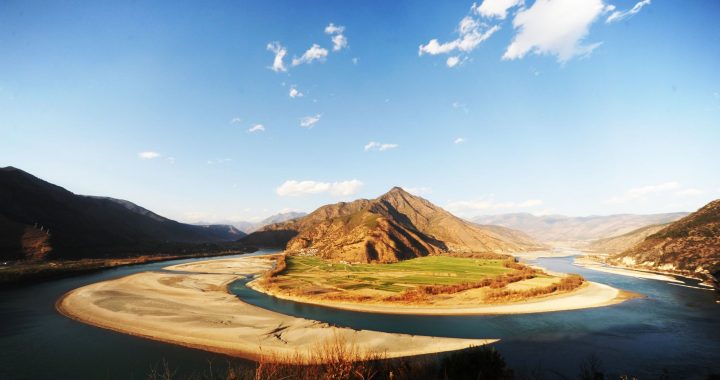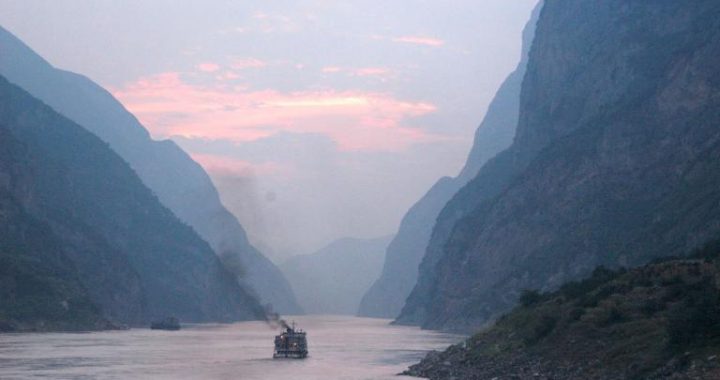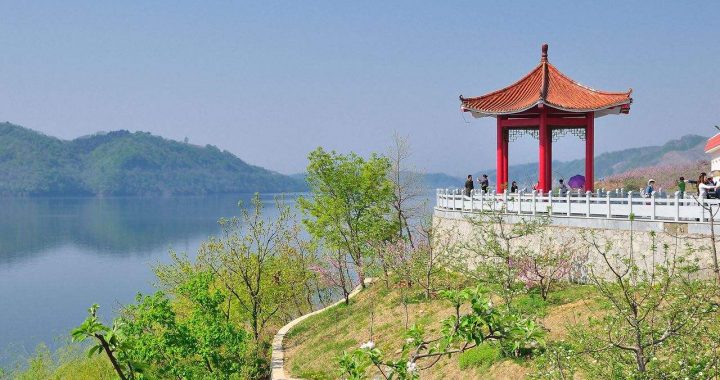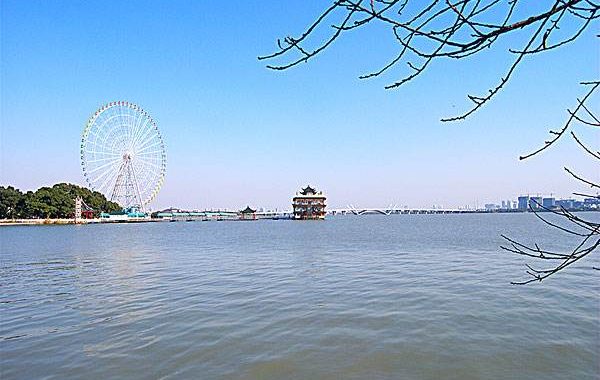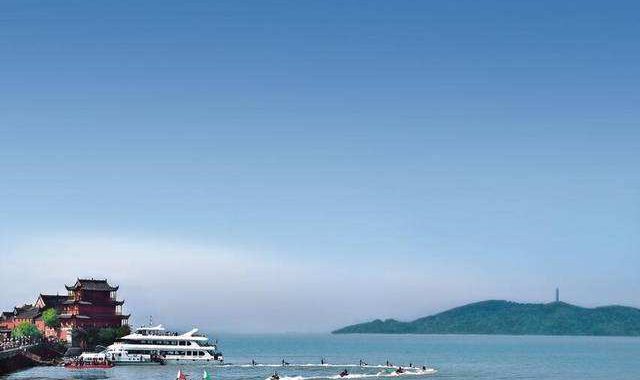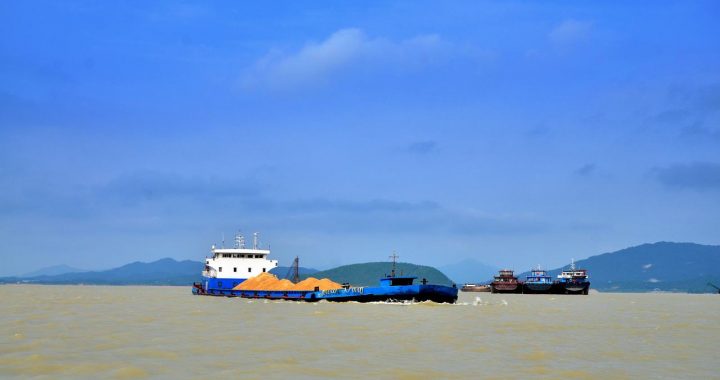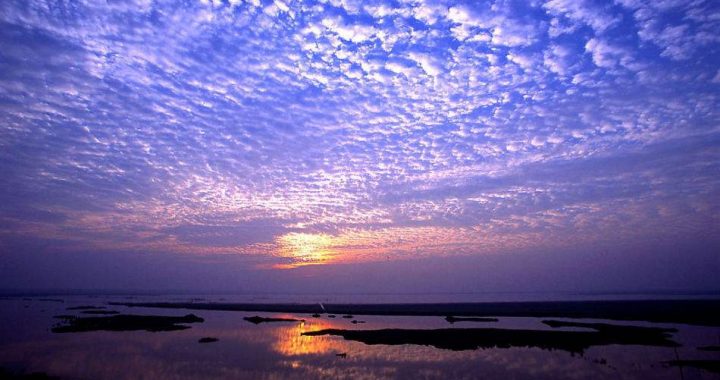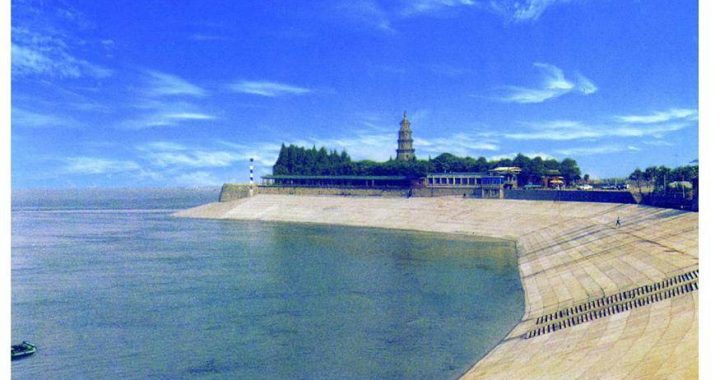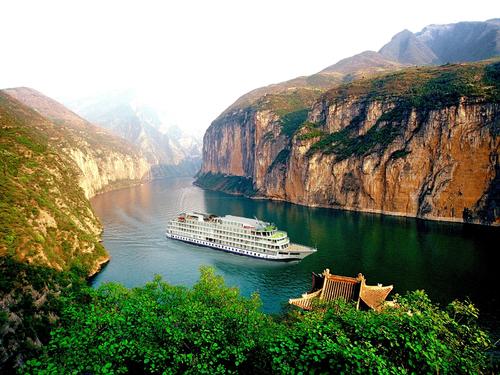The Grand Canal
6 min readIf the Great Wall is the solidified history,then the Grand Canal is the flowing culture.In the Grand Canal there flows the thousand-year civilization,and sprout seedsof wisdom under the irrigation of sweats of the ancestors.Under the stars all over the sky,people along the Canal fell asleep peacefully,with their dreams flying on the water.The Grand Canal-the mammy of Chinese people-nurtures generations of affluent people with her luscious milk.
The ruler of the Sui dynasty(581-618),for the sake of imperial unification,built the world-famous Grand Canal.
Connecting the south and the north,the Grand Canal shoulders most of the waterway transportation in China.
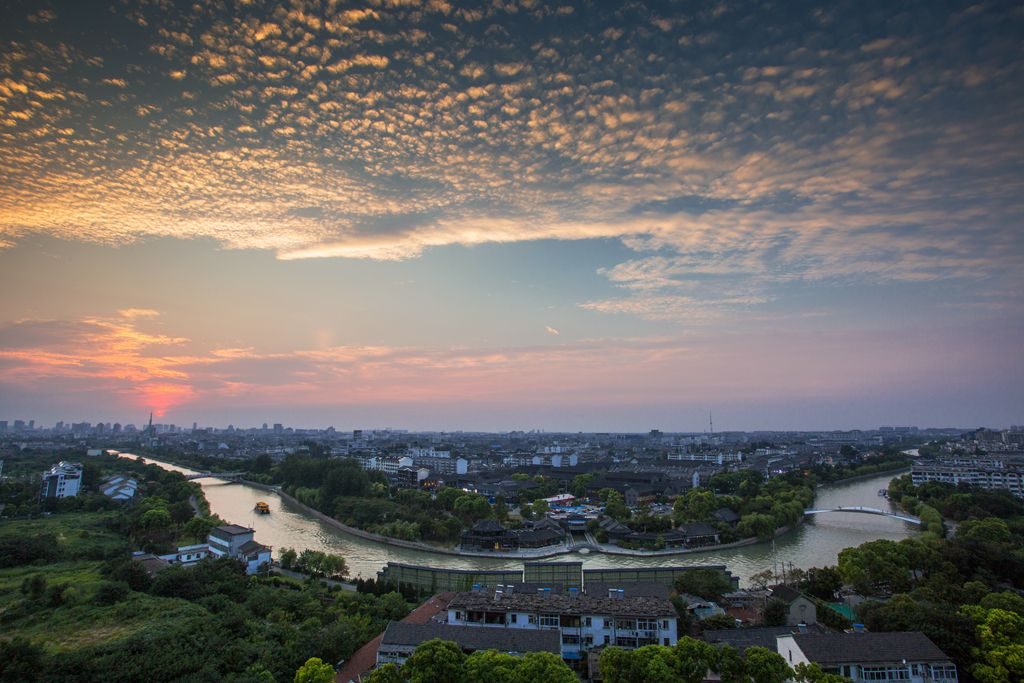
Tang dynasty(618-907)was the peak of ancient Chi-nese society,whose economic development greatly stimu-lated the development of transportation.The mainstream and the tributaries of the Yangtze River were very busy at that time,with boats coming up and down incessantly.
And due to the smooth and developed waterway trans-portation, the big cities along the Yangtze River were very prosperous. The watercourse then reached Chang’ an (the capital of the Tang dynasty) in the north and Guangzhou in the south. Linking up the big cities, the watercourse en-hanced the relationship of the cities and promoted the eco-nomic development of the society. In order to further de-velop the water transportation, the ruler of the Tang dy-nasty (618-907) had sent people to dredge up parts of the watercourse.
In the Northern Song dynasty (960-1127), the econom-ic center of the country began to move southward, and the southeast China began to be the economic pillar of the country. The position of the Yangtze River Basin was more important and the Yangtze River shipping was more emphasized, since the freight and traffic all needed the wa-terway transportation of the Yangtze River. The ruler made best use of the Yangtze River and made great efforts to enlarge the area that could get the benefit the Yangtze River brought; he ordered to excavate three canals: Jiang-bei Canal, Jiangnan Canal and Jinxiang Canal, which pro-moted the contacts between the surrounding areas and boosted social prosperity.
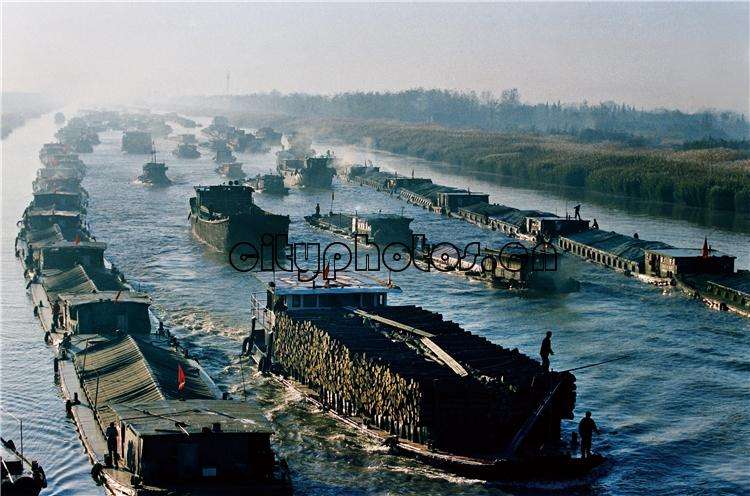
Till then, the water routes of the Yangtze River ex-tended in all directions and were capable of transporting more and more goods. The Yangtze River became the golden waterway in the feudal society and the main artery of traffic and transportation.
From the Yuan dynasty(1206-1368), the national economic center has been completely shifted to the south.
The north was more and more relying on the south eco-nomically while the political center was still in the north, therefore, the ruler attached much importance to Caoyun-water transport of grain or other properties the government levied to the appointed place, where if water-course could not reach land transport could be used.
Caoyun was the indispensable transport section in the large project of south-north grains transfer. After genera-tions of rulers’ efforts, developed Caoyun network was formed and the big cities along the Yangtze River had once been the centers of Caoyun network.
The ruler of the Ming dynasty (1368-1644) made many efforts in regulating and dredging up Chuanjiang Watercourse, however, little effects was yielded.
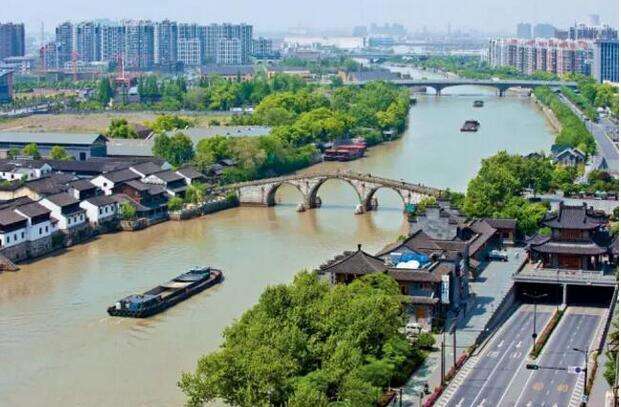
In the Qing dynasty(1616-1911), especially in late Qing, the country suffered a lot from both domestic trou-bles and foreign aggression, and fell into to semi-colony and semi-feudal society. Neither could it provide stable so-cial environment or collect labor and fund to maintain and dredge waterways, nor could it maintain the navigation right of the Yangtze River. After taking over the naviga-tion right, the foreign powers only pursued their profits, and had never regulated the Yangtze River, not to mention dredging up the watercourses.
The Grand Canal was the man-made canal with largest scale in the Chinese history as well as the world history. It starts from Beijing in the north and reaches Hangzhou in the south, linking up five water systems, namely, Qiantang River, Yangtze River, Huaihe River, Yellow River and Haihe River. It is said that Emperor Yang of the Sui dynasty (581-618) ordered to dredge the Canal for the sake of his going to Yangzhou to enjoy flow-ers and for shipping the grains in the south to the north. The poet Hu Zeng in the Tang dynasty has written the sentence “Once the Grand Canal is completed, the billows that dooms the Sui dy-nasty come from the empyrean”, criticizing that the excavation of the Grand Canal used the na-The Grand Canal tional power of Sui too much and finally resulted in the fall of the Sui dynasty.
And the poet in the late Tang dynasty Pi Rixiu wrote a po-em in which he said “People all say that doom of the Sui dynasty was because of this canal, however, until now wa-terway transportation has to rely on it”. His poem first di- rectly pointed to the fatuity and extravagance of Emperor Yang of the Sui dynasty. However, he also held the opin-ion that after the excavation of the Grand Canal, the water-way transportation was very convenient and shipping of grains from the south to the north was carried on smoothly; the trade between the south and the north developed a lotand the prosperous cities sprouted up, which kept bringing enormous economic effect and benefited the later genera-tions a lot. If the ruler had not solely pursued his own hap-piness and enjoyment and peculated the merits of excavat-ing the canal, he could have been likened to the great wa-ter-tamer Yu. Indeed, the excavation of the Grand Canal was a necessity in that time. If grain in the south could on-ly be transported to the north on land, it would be so costly that not only rulers’ needs could not be met but their fun-damental interests could also be damaged. Today, the Sui dynasty has long gone, but the Grand Canal is still flowing and carrying the ships coming up and down.
In more details, the excavation of the Grand Canal can be divided into three periods.
The canal excavation was begun in the Spring and Autumn Period (722 BC-481 BC). The King of the State of Wu state, Fuchai, ordered to build Hangou Canal, which was the starting project of the Grand Canal and also the part that was excavated earliest. Later in the dynasties of Qin, Han, Wei, Jin, Southern and Northern(221 BC-589 AD), the watercourse was further extended successively.
The Grand Canal was finished in the Sui dynasty (581-618). Emperor Yang of the Sui dynasty, Yang Guang, ordered to build a canal that connects the north and thesouth. The artisans first built a channel called Tongjiqu Canal to introduce the water of Luohe River eastwards in-to Yellow River and then connected the Yellow River with Hangou Canal, which linked up the Yangtze River and Huaihe River. In this way, the Yellow River, the Yangtze River and Huaihe River were linked up. Later Yongjiqu Canal and Jiangnan Canal were excavated. Caoqu Canal was constructed to connect Chang’ an in the west. By then the canal system of Sui and Tang dynasties was com-pleted.
The Grand Canal was straightened in the Yuan dy-nasty (1206-1368). The capital of Yuan was Dadu,i.e. to-day’s Beijing. The grain transported from the south to Dadu had to pass the part of canal that connected Haihe River and Huaihe River, which made a detour to Luoyang, the “stop in midway”that Emperor Yang of the Sui dy-nasty (581-618) visited when he traveled to the south. In order to shorten the route, the ruler of the Yuan dynasty (1206-1368) gave orders to straighten the Grand Canal, thus shorten the navigation route.
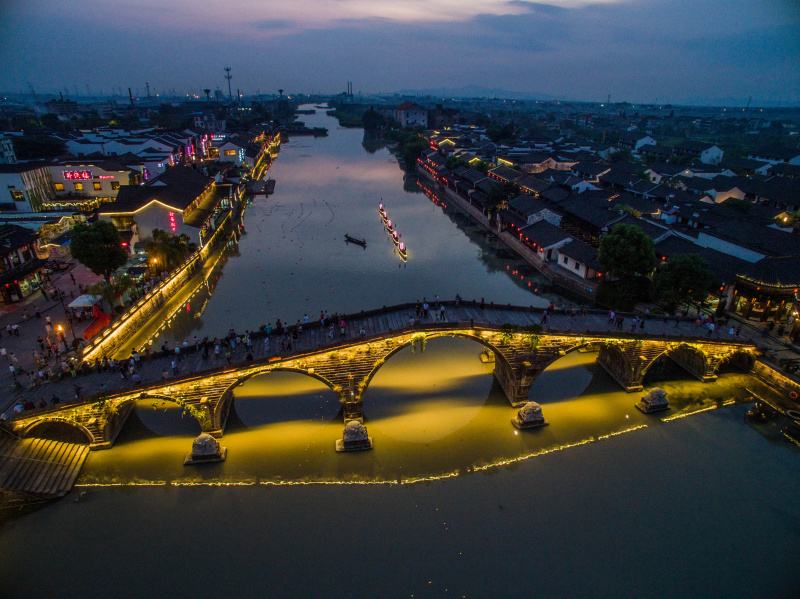
The rulers of the Ming and Qing dynasties(1368-1911) maintained the route of the Grand Canal from the Yuan dynasty and dredged it up to keep the Canal smooth in navigation.
After the People’s Republic of China founded, the government dredged up many parts of the Grand Canal with advanced technology and unleashed its great potential in navigation, irrigation, flood discharge, electricity gener-ation and tourism etc.
The Grand Canal, deriving its power from the surging and mighty waters of the Yellow River and the Yangtze River, nurtures the residents along the river and makes the vast area along it affluent. It also enhances the develop-ment of cities along its banks and contributes a lot to the social, political, economic and cultural development of China.
